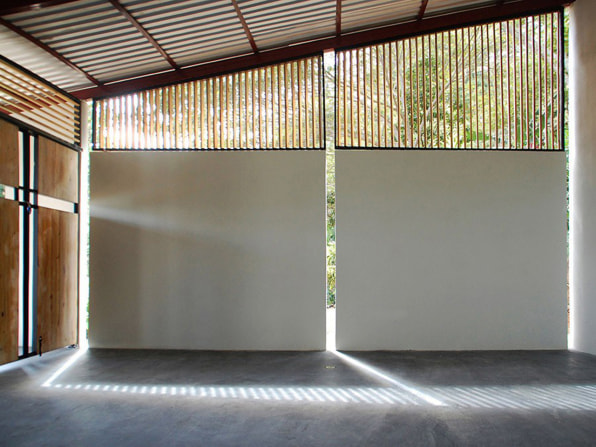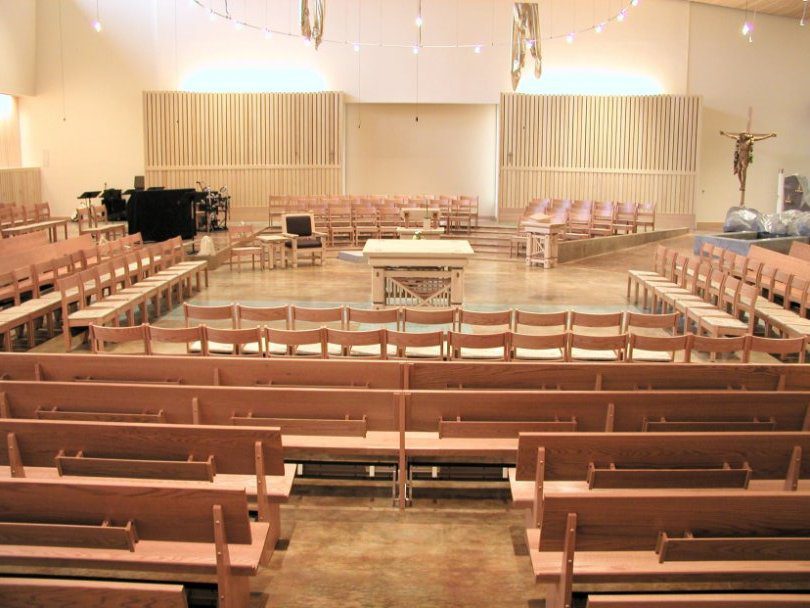What Role Does Architecture Play In Creating Inclusive Worship Spaces?

As professionals in the architecture and design industry, we are always striving to create spaces that are not only beautiful, but functional and meaningful as well. This is especially true when it comes to designing worship spaces, where the goal is to create a space that is peaceful, inspiring, and allows people to connect with their spirituality.
Here are some key considerations when designing a worship space:
1. Purpose and Intent
Before you start designing a worship space, it's important to understand the purpose and intent behind the space. Is it a place of worship for a specific religion or denomination? Is it meant to be a multi-faith space? The purpose and intent will inform many of the decisions you make throughout the design process.
2. Layout and Flow
The layout and flow of a worship space is crucial in creating a space that feels peaceful and conducive to reflection and prayer. Consider the placement of seating, the orientation of the space, and how people will move throughout the space. The ultimate goal is to create a space that feels like a sanctuary and encourages people to slow down and connect with their spirituality.
3. Acoustics
The acoustics of a worship space are another important consideration. Good acoustics help create a sense of spirituality and reverence, allowing people to connect more fully with the religious experience. Consider the type of music that will be played or sung in the space, as well as the type of spoken word that will be delivered.
4. Lighting
Lighting is another essential element in designing a worship space. Natural light is ideal, as it creates a spiritual connection with the outside world and allows for the ebb and flow of natural light throughout the day. Additionally, consider the use of artificial lighting and how it can be used to create a serene and peaceful environment.
5. Materials
The materials used in a worship space can have a significant impact on the overall feel of the space. Natural materials such as wood, stone, and brick can create a sense of warmth and connection to the earth, while metal and glass can create a more modern and sleek feel. Consider the symbolism behind certain materials and how they relate to the religious tradition being represented.
6. Symbolism
Symbolism is an essential element in worship design, as it can help to create a deeper connection to the faith being practiced. Consider the use of symbols such as crosses, stars, and crescents, as well as the use of color and other decorative elements that hold symbolic meaning within the religious tradition.
7. Inclusivity
It's important to design worship spaces that are inclusive and welcoming to all members of a faith community, as well as those who may be exploring the faith for the first time. This means designing spaces that are accessible to those with limited mobility, as well as providing spaces for children and families.
8. Sustainability
Finally, it's important to consider the sustainability of worship spaces. This means designing spaces that are energy-efficient, responsibly sourced, and have a minimal impact on the environment. It's important to understand that religious traditions often have a close connection to the natural world, and designing sustainable spaces is a way to honor that connection.
FAQ
What are some common mistakes to avoid when designing a worship space?
One common mistake is not considering the needs of the community that will be using the space. It's important to understand the needs of the community and design a space that reflects and meets those needs. Another mistake is not considering the acoustics of the space, which can have a significant impact on the overall feel of the space.
How can symbolism be incorporated into a worship space?
Symbolism can be incorporated in a variety of ways, from the use of specific colors that hold significance within a religious tradition, to the use of decorative elements such as stained glass windows, murals, or religious icons. It's important to work with a design professional who understands the symbolism of the particular religious tradition being represented.
Why is sustainability important in worship space design?
Sustainability is important in worship space design because it honors the connection that many religious traditions have with the natural world. Additionally, designing sustainable spaces is a way to reduce the carbon footprint of the religious community and create a space that is responsible and respectful to the environment.
In conclusion, designing a worship space that is peaceful, inspiring, and inclusive requires careful consideration of many elements, including purpose and intent, layout and flow, acoustics, lighting, materials, symbolism, inclusivity, and sustainability. By working with an experienced design professional who understands the needs of your community and the symbolism of your religious tradition, you can create a space that fosters a deep spiritual connection and meets the needs of your community for many years to come.



Post a Comment for "What Role Does Architecture Play In Creating Inclusive Worship Spaces?"